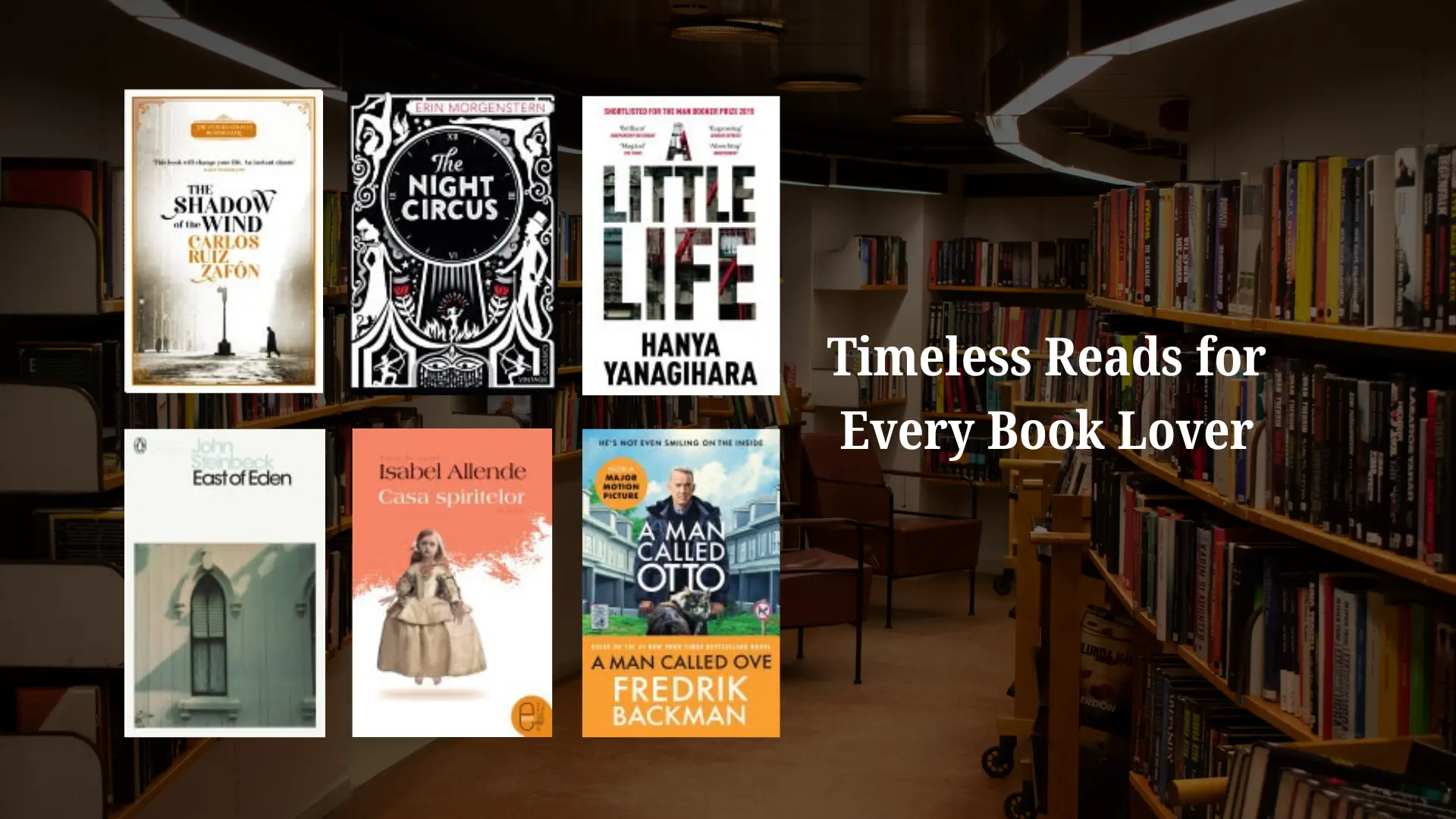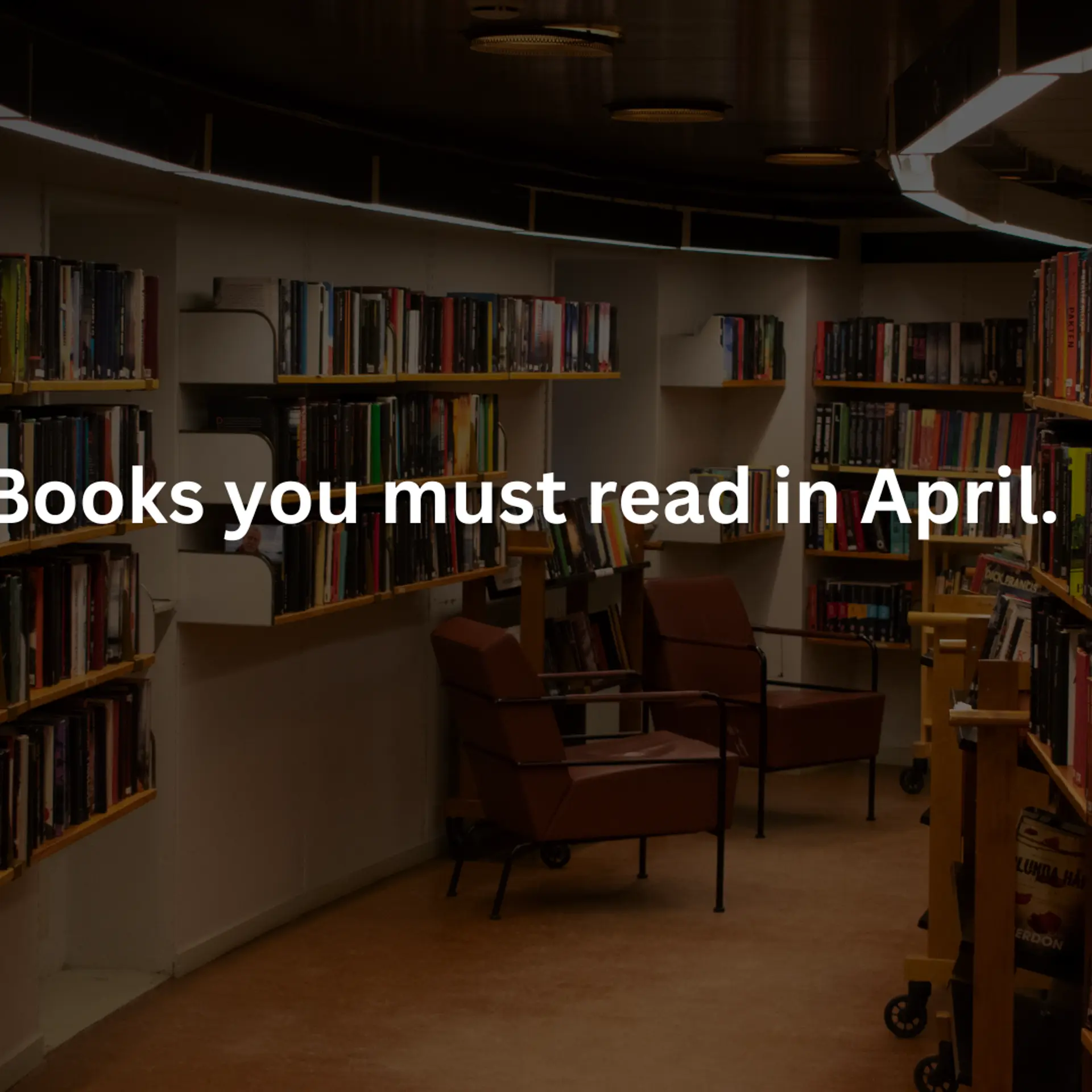First Humans to Ghibli Filter and Now, Cartoons to Human?
From Ghibli-filtered humans to hyper-realistic cartoon-to-human transformations, generative AI is reshaping reality one pixel at a time. Dive into how this trend is rewriting the rules of digital art and ethics—read the full story now!
In the ever-evolving landscape of artificial intelligence, the boundary between fantasy and reality continues to blur. Recently, AI enthusiasts have embarked on a fascinating journey: transforming beloved cartoon characters into hyper-realistic human portraits. This trend not only showcases the prowess of generative AI but also ignites discussions about creativity, ethics, and the future of digital artistry.
The Genesis of the Trend
The concept of reimagining cartoon characters as real-life humans isn't entirely new. Artists have long speculated about how animated figures would appear in our world. However, the advent of advanced AI models has revolutionized this endeavor. Tools like OpenAI's GPT-4o have empowered users to generate lifelike images from textual prompts, making the once labor-intensive process accessible to many.
AI Tools at the Forefront
OpenAI's GPT-4o, introduced in May 2024, marked a significant leap in multimodal AI capabilities. Unlike its predecessors, GPT-4o can process and generate text, images, and audio, enabling users to create detailed visuals from simple descriptions. This model's ability to understand nuanced prompts allows for the generation of hyper-realistic images, bridging the gap between animated characters and human likenesses.
Complementing GPT-4o, platforms like DALL-E 3 have further democratized image generation. Integrated into ChatGPT in October 2023, DALL-E 3 excels at translating complex textual descriptions into detailed images, facilitating the transformation of 2D cartoon characters into realistic human portraits.
A Viral Phenomenon
The trend gained momentum when users began sharing AI-generated, hyper-realistic versions of iconic cartoon characters on social media platforms. For instance, a software engineer from Seattle garnered attention by posting AI-generated images of his family in the style of Studio Ghibli films. This "Ghiblification" sparked widespread interest, leading to a surge in similar creations and discussions about the intersection of AI and art.
Ethical and Legal Considerations
While the technology's capabilities are impressive, they come with a set of challenges. The use of AI to replicate artistic styles has raised concerns about copyright infringement and the potential exploitation of artists' work. Notably, Studio Ghibli's co-founder, Hayao Miyazaki, has expressed opposition to AI-generated art, emphasizing the need to respect original creators' rights. In response to such concerns, OpenAI has implemented restrictions to prevent the imitation of specific living artists' styles, aiming to balance creative freedom with ethical considerations.
Looking Ahead
The fusion of AI and art continues to evolve, offering both opportunities and challenges. As AI tools become more sophisticated, they provide new avenues for creativity, allowing individuals to reimagine and reinterpret familiar characters in novel ways. However, it's crucial to navigate this landscape thoughtfully, ensuring that technological advancements honor and uphold artistic integrity.
In conclusion, the journey from "Ghiblifying" humans to humanizing cartoons exemplifies the dynamic interplay between technology and creativity. As we stand at this crossroads, it's essential to embrace innovation while remaining mindful of the ethical dimensions that accompany it. After all, with great (artistic) power comes great responsibility.







